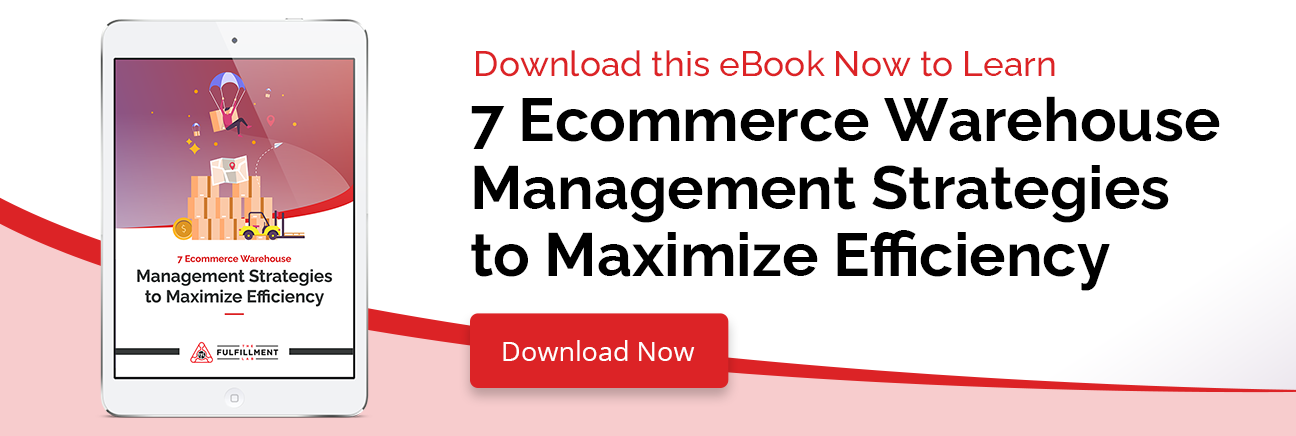LTL vs FTL Shipping: What's The Difference & How To Choose
As a small ecommerce business, you may still be shipping items one at a time. However, as your business grows, you may need to begin shipping items in bulk. When this happens, you generally have two main options: LTL and FTL. Which option you choose will probably depend on several factors, such as the weight, size, and freight classification of your shipment, along with the desired delivery speed, handling, and their associated costs. So, to prepare you for freight shipping, let’s take a look at FTL and LTL.
What is LTL and FTL Freight?
The difference between LTL and FTL basically comes down to truck space allocation. However, there are other considerations; we’ll cover the pros and cons of these two freight shipping methods in the next section.
LTL stands for Less-Than-Truckload. When you aren’t shipping enough product to fill an entire truck (generally less than 12 pallets), this option allows you to share space with other shippers on one truck. So, if you only need one-third of the space, the other two-thirds will be filled with other shippers’ products. This fills the truck to capacity and allows smaller-volume shippers to save money by sharing space.
FTL stands for Full Truckload. This is used when your shipments will fill up or come close to filling up an entire truck (12 pallets or more). This is ideal for businesses shipping large quantities of product. Smaller businesses do have the option to pay for FTL even if they won’t fill up the truck to ensure their products don’t get mixed up with other shippers’ products, but the cost-sharing benefit will be lost.
Five Factors to Consider When Choosing LTL or FTL
By now you probably have a pretty good idea now of whether you’ll be needing LTL or FTL in the future. However, it’s important to consider other factors that come into play. So let’s delve a little deeper into six main considerations.
1. Weight & Size
Is your shipment a lightweight or a heavyweight? LTL shipments are generally 100-5,000 pounds whereas FTL shipments often weigh in at 10,000 pounds or more. For most companies, it’s basically a coin toss based on other factors if the weight of a shipment falls somewhere between 5,000-10,000.
Of course, when it comes to choosing LTL or FTL shipping, size does matter. For example, you may have a relatively lightweight shipment, but it’s unusually sized or shaped meaning other shippers’ items wouldn’t be able to be tucked in with them. In this case, you may have no choice but to choose FTL.
2. Speed
How quickly do you need your goods to get to their destination? If there’s no rush, and you don’t need to meet a set delivery date, you may as well share space with other shippers and enjoy the cost savings of LTL.
However, if you need your goods to arrive ASAP, FTL is the best option (even if you haven’t filled the entire truck). FTL shipments typically pick up and deliver on the same truck leading to a quicker delivery, plus the driver will not need to make multiple stops to drop off other shippers’ products. FTL delivery times are typically guaranteed as your products are the sole priority.
3. Freight Classification
Every type of product has a different classification. Perishables, for example, may need to travel FTL in order to get them to their destination quicker and prevent spoilage. So, be sure to understand your product's classification when obtaining quotes from carriers.
4. Handling
Is your product fragile, high risk, or expensive? Even if your shipment won’t fill an entire truck, you may want to consider FTL since the products will remain on one truck for the entire trip without being transferred or moved during transit. Less handling reduces the risk of damage and the risk of the product being lost or delivered incorrectly. For sturdy, less expensive goods, LTL is usually the way to go if you won’t be filling a truck.
5. Cost
We saved this for last since it’s been mentioned several times, but no list would be complete without mentioning it. To reiterate: FTL is more expensive than LTL because you are paying to occupy the entire freight space. If you are looking for something more cost-effective and speed isn't a factor, LTL is probably the best option since you share space and costs with other shippers.
Using a 3PL for LTL and FTL Shipments
We may have made choosing LTL or FTL space sound easy based on the five considerations. However, it’s actually much more complicated (just check out this 16-page FedEx Guide if you don’t believe us). So, you may find it easy to simply partner with a third-party logistics (3PL) company. A 3PL will know the ins and outs of LTL and FTL freight shipping, including pallet sizes, stacking and crating requirements, cushioning, climate control, etc. Not only that, because of the sheer volume they ship, they have negotiated pricing with most LTL and FTL truck load carriers and will pass some of the savings on to you. That’s how it works at The Fulfillment Lab.
With TFL, your logistics costs will be lowered and your last-mile delivery improved. You’ll have access to our 14 domestic and international locations and your own client portal through our Global Fulfillment Software™. Our customers that need FTL and LTL shipping love our software because it allows them to track inventory in real-time from one dashboard. That way, if they're shipping LTL for example, they’ll see the transfer of goods across multiple stops and will have a better idea of delivery times. We can do the same for you! Contact us today to learn more or get started.



